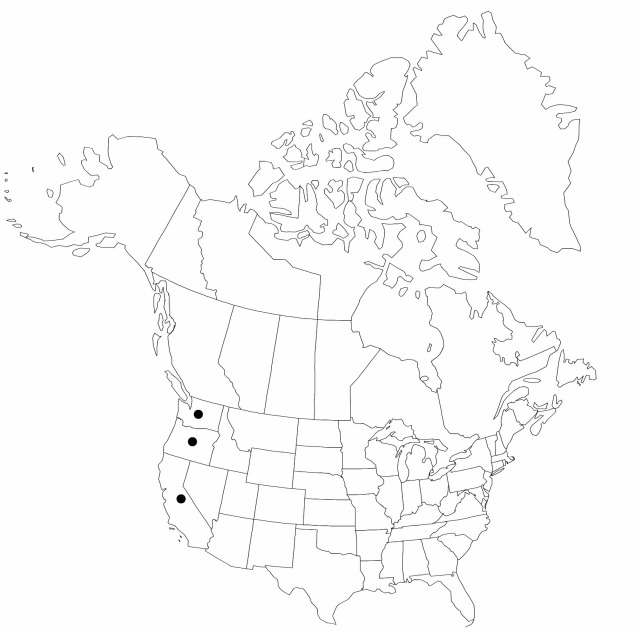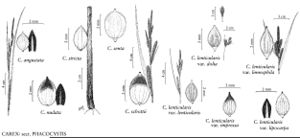Difference between revisions of "Carex nudata"
in S. Watson, Bot. California 2: 241. 1880.
FNA>Volume Importer |
FNA>Volume Importer |
||
| Line 7: | Line 7: | ||
|year=1880 | |year=1880 | ||
}} | }} | ||
| − | |basionyms={{Treatment/ID/ | + | |basionyms={{Treatment/ID/Basionym |
|name=Carex hallii | |name=Carex hallii | ||
|authority=L. H. Bailey | |authority=L. H. Bailey | ||
| + | |publication_title= | ||
| + | |publication_place=1887 | ||
}} | }} | ||
|synonyms={{Treatment/ID/Synonym | |synonyms={{Treatment/ID/Synonym | ||
| Line 65: | Line 67: | ||
|publication year=1880 | |publication year=1880 | ||
|special status= | |special status= | ||
| − | |source xml=https://jpend@bitbucket.org/aafc-mbb/fna-data-curation.git/src/ | + | |source xml=https://jpend@bitbucket.org/aafc-mbb/fna-data-curation.git/src/f6b125a955440c0872999024f038d74684f65921/coarse_grained_fna_xml/V23/V23_690.xml |
|genus=Carex | |genus=Carex | ||
|section=Carex sect. Phacocystis | |section=Carex sect. Phacocystis | ||
Revision as of 19:09, 24 September 2019
Plants cespitose, flowering from first-year shoots. Culms acutely angled, 35–70 cm, glabrous. Leaves: basal sheaths red-brown; sheaths of proximal leaves bladeless, scabrous, fronts with red-brown spots, prominently ladder-fibrillose, apex red-brown, U-shaped; blades hypostomic, 2–4 mm wide, papillose abaxially. Inflorescences: proximal bract shorter than inflorescence, 1–2 mm wide. Spikes erect; staminate 1–2; pistillate 2–4; proximal pistillate spike 2–4.5 cm × 5–6 mm, base cuneate. Pistillate scales dark red-brown to black, shorter than perigynia, apex obtuse, awnless. Perigynia ascending, pale brown with red-brown spots on apical 1/2, often blackish apically, 5–9-veined on each face, somewhat flattened, loosely enclosing achenes, thin-walled, ovoid or ellipsoid, 2.2–4 × 1.2–1.8 mm, leathery, dull, apex rounded or obtuse, papillose; beak red-brown, 0.1–0.3 mm. Achenes not constricted, dull. 2n = 70, 72.
Phenology: Fruiting Jun–Jul.
Habitat: Dense tussocks in rocky streambeds
Elevation: 0–1500 m
Distribution

Calif., Oreg., Wash.
Discussion
Carex nudata is also a member of the C. stricta group and is distinguished from sympatric members of the group by flowering from first-year shoots and having very narrow inflorescence bracts and somewhat elongated, heavily veined perigynia. It has a very distinctive growth form and habitat, dense tussocks among rocks in streambeds.
Selected References
None.
